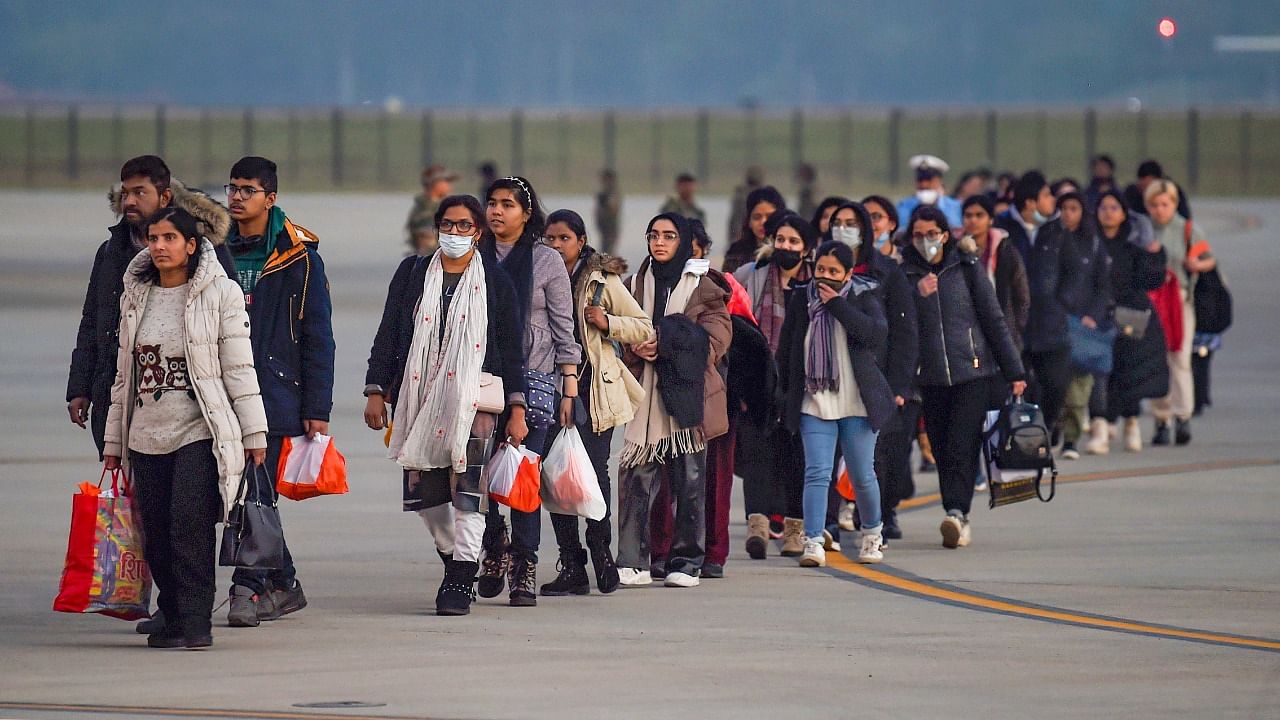
If the Covid epidemic exposed the gaps in the public healthcare system, the Ukraine crisis has glaringly shown the inadequacies of the medical education system in the country. The humanitarian problem involved in the evacuation of students from the conflict zone has received much attention. The crisis also brought into focus the reality of tens of thousands of students seeking medical education in Ukraine and other countries. According to reports, Ukraine has over 20,000 such students. Countries like Romania and Poland and other former Soviet republics like Kyrgyzstan also have sizeable populations of Indian students. These are not countries known for high educational standards like the US and Britain, where Indian students have traditionally gone for education. In the case of medical education, it is the lack of affordable opportunities in India that has forced the students to go abroad and secure admission to colleges in these countries.
Just about 90,000 undergraduate medical seats are available in the country every year. Over 16 lakh candidates vie for them through NEET and about 8.5 lakh of them qualify. Only about half of the 90,000 seats are available in the government quota where the course is relatively affordable. Many students cannot afford the expenses even if they secure admission in government quota seats in private colleges. Some states do not have this quota at all. The cost of education is about Rs 1 crore or more in private colleges. No student from an ordinary family can afford it. The cut-off marks for NEET are rather low. In 2021, it was 138 out of 720 marks. The result is that the poor but bright candidates are forced out while the rich but less meritorious and even below-average students manage to secure admission in private colleges. Shekharappa, the father of Naveen Gyanagoudar, the student from Karnataka who was killed in Ukraine, has said he could not support his son’s education in India though Naveen was a bright student. This will also impact the social composition of the medical fraternity in the country in the coming years.
Apart from the affordability of education, the problem of availability of seats also needs to be seriously addressed. There are over 550 medical colleges in the country and their output is inadequate for a country of India’s population. Going by the WHO standard of one doctor for every 1,000 persons, the country must have 1.38 million doctors, but it has just 1.2 million of them as of 2021. There is also a serious shortage of other healthcare personnel like nurses and pharmacists. The Ukraine crisis has underlined the need for greater investment and efforts to expand medical education and to make it accessible to most aspirants.
Watch the latest DH videos: